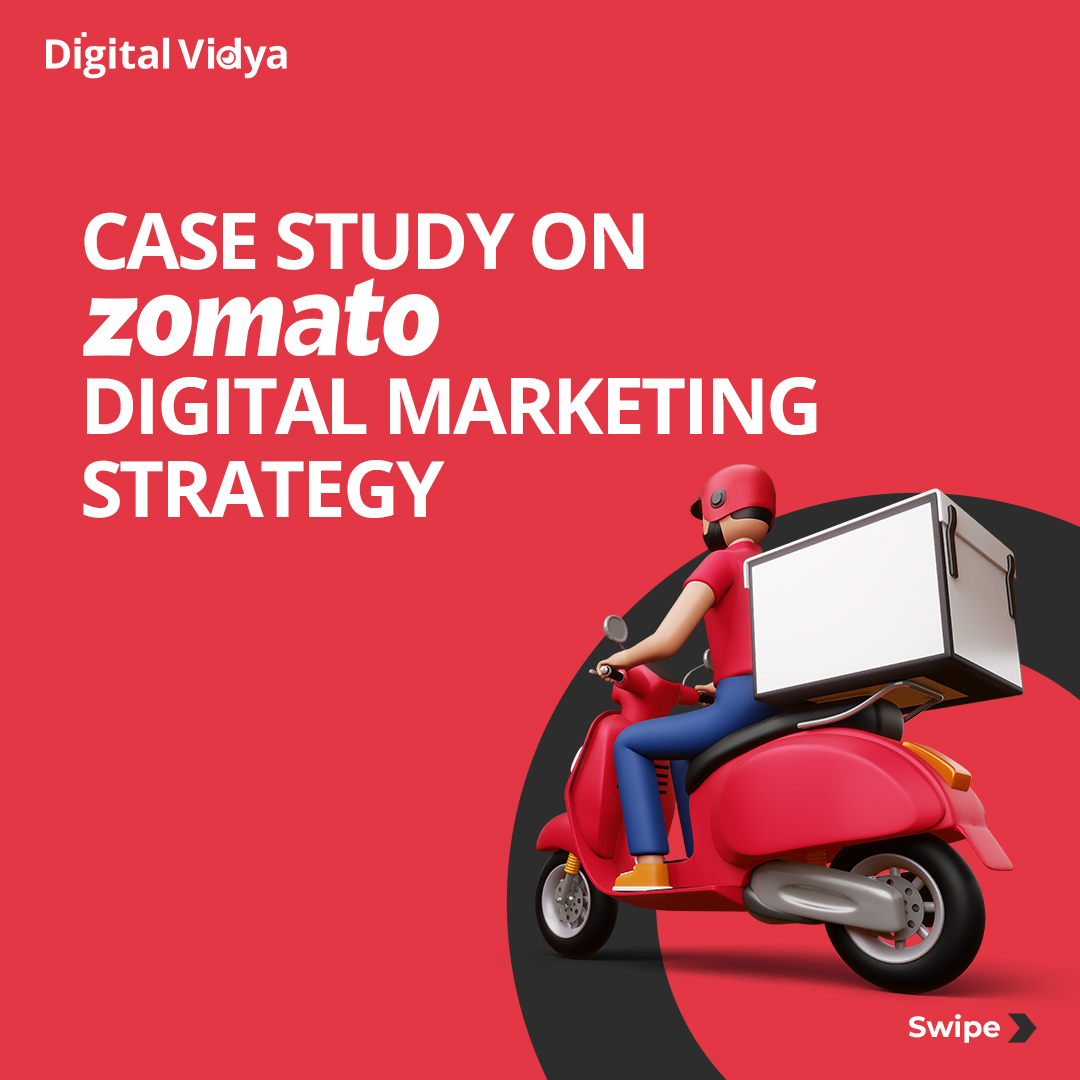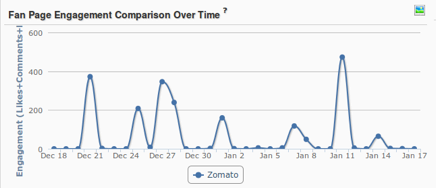Zomato is a restaurant search and discovery service founded by Deepinder Goyal and Pankaj Chaddah. It currently operates in 24 countries.
This zomato case study analyzes how it provides information and reviews on restaurants, including images of menus where the restaurant does not have its own website and how it allows users to order food online.
Zomato was founded in 2007 by Deepinder Goyal and Pankaj Chaddah. The two entrepreneurs met while working at Bain & Company in Delhi. They quit their jobs in 2010 to focus on Zomato full-time.
By 2011, Zomato had expanded to 10 Indian cities. In 2012, Zomato was launched in the United Arab Emirates (UAE).
The company later expanded to Lebanon, Turkey, Indonesia, Sri Lanka, the Philippines, South Africa, New Zealand, and Australia. Zomato entered China in 2015.
In 2015, Zomato acquired Urbanspoon for $52 million. Urbanspoon was a restaurant search and discovery service founded in 2006. It operated in Australia, Canada, Ireland, New Zealand, the United Kingdom, and the United States.
Zomato raised $210 million from Alibaba Group’s Ant Financial. The investment valued Zomato at $1 billion. Zomato has raised $2.5 billion in financing over 22 rounds since its inception.
Their most recent funding was raised on August 3, 2022, from a post-IPO secondary round.
It has been backed by 28 investors. Fidelity Investments and Franklin Templeton Investments are among the newest contributors.
Zomato has made 14 investments, with their most recent being on April 17th, 2022 when UrbanPiper raised $24 million. Zomato has acquired 15 businesses.
In this case study, we will take a look at Zomato’s business model, objectives, and how they have been able to grow so rapidly. We will also investigate some of the challenges Zomato has faced and what the future may hold for the company.
About Zomato
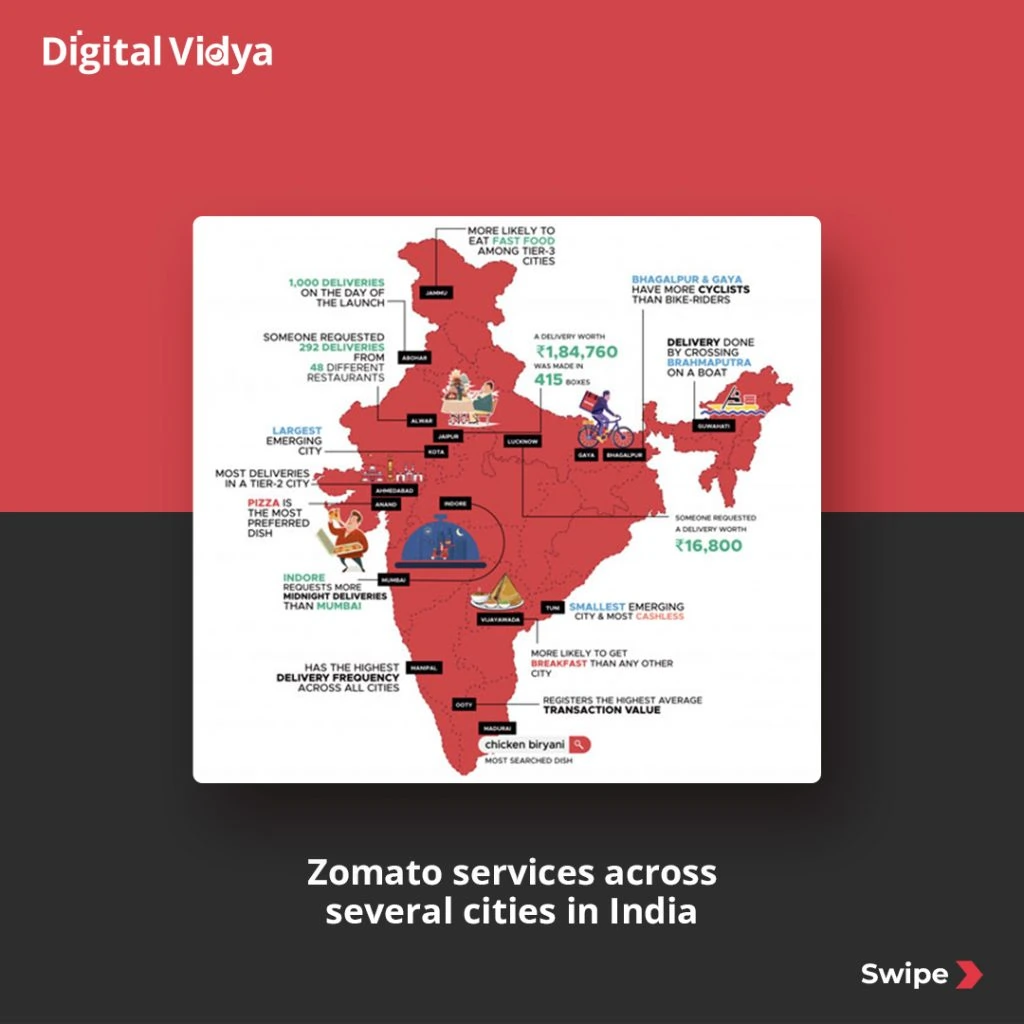
Zomato is a global restaurant search and discovery service founded in 2008 by Deepinder Goyal and Pankaj Chaddah. It currently operates in 22 countries, including India, Australia, and North America.
It features restaurant information such as scanned menus and photos sourced by Local Street teams, as well as user reviews and ratings. T
The company also provides cashless payment, online ordering, white-label apps, table reservations, and point-of-sale systems as a part of its digital marketing moves.
Target Audience
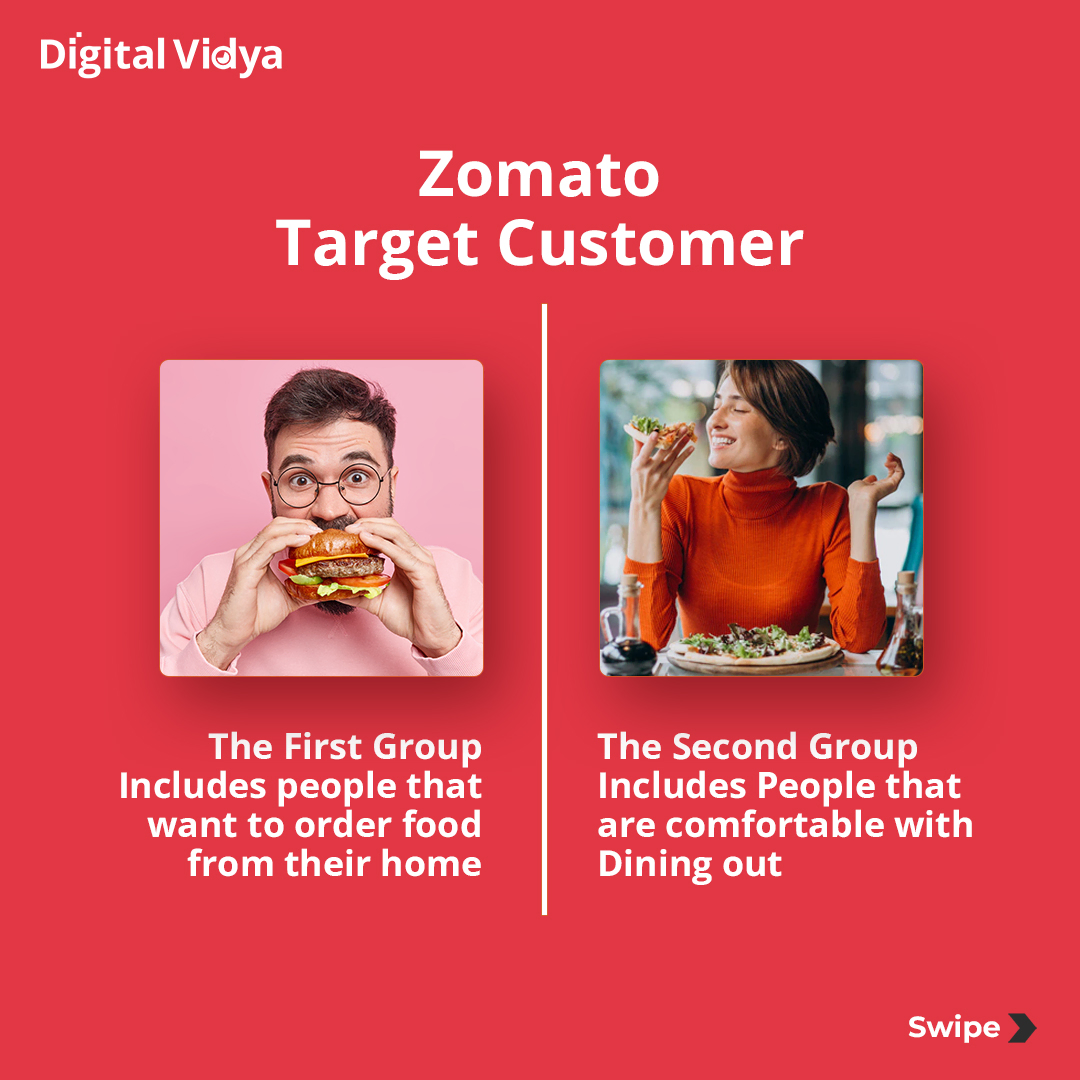
Zomato’s business is based on providing a platform for restaurants to advertise and sell their food online. Zomato makes money by charging restaurants a commission on every order placed through its platform.
Zomato also sells ads to restaurants, which appear on the Zomato app and website.
Zomato’s target audience is people who are looking for a convenient way to order food from their favorite restaurants. Zomato is also aimed at businesses, such as restaurants, that want to reach Zomato’s large user base.
Some of their most common audiences are people who are:
- Too busy to cook
- Want to eat out but don’t know where to go
- Looking for a specific type of cuisine
- New to town and want to explore restaurant options
- Traveling and want to find local restaurants
Objectives of Zomato
-
Helping people discover great places around them
The Zomato team visits every restaurant once every three months to ensure data is fresh. Zomato’s vast community of food lovers share their reviews and photos, so we have all that we need to make an informed choice.
-
Building amazing experiences around dining
Starting with information for over 1 million restaurants (and counting) globally, Zomato is making dining smoother and more enjoyable with services like online ordering, cashless payments, and table reservations.
-
Enabling restaurants to create amazing experiences
With dedicated engagement and management tools, Zomato is enabling restaurants to spend more time focusing on food itself, which translates directly to better dining experiences.
Strategies Adopted by Zomato
1. Financial Strategy
Zomato’s model is based on providing a platform for restaurants to advertise and sell their food online. Zomato makes money by charging restaurants a commission on every order placed through its platform.
Zomato also sells ads to restaurants, which appear on the Zomato app and website.
2. Marketing Strategy
Zomato’s marketing strategy focuses on acquiring new users and getting them to order food on its platform. Zomato offers discounts and coupons to users to encourage them to try the service.
Zomato also partners with restaurants to offer exclusive deals and promotions. We’ll cover key aspects of their digital marketing strategies later in the next section-
3. Growth Strategy
Zomato’s growth strategy is focused on expanding its reach to new markets. Zomato has been aggressively expanding into new countries and cities. Zomato is also investing in new product features and services to attract more users to its platform.
4. Globalization Strategy
Zomato’s globalization strategy is based on providing a local experience to users in every market they operate in. Zomato hires local teams to manage operations in each country.
Zomato also offers localized features and services, such as restaurant reviews and listings in local languages.
Zomato’s Digital Marketing Strategy
1. Search engine optimization
Zomato’s SEO strategy focuses on ranking for keywords related to restaurants and food delivery. Zomato also creates content about restaurants and local cuisine to attract users to its platform.
As of July 2019, it is ranked in India for 816,952 keywords. It has 6,719,882 monthly organic visitors.
- Zomato collects the most important keywords in their field and builds webpage URLs for them. This indicates to Google that Zomato’s sites are relevant to the user’s query. This is an effective method of boosting their website’s position.
- Zomato’s Domain Authority soars because it has 12,274,172 backlinks from unique domains, with 233 of those coming from high authority sources such as .gov and .edu websites. This not only increases Zomato’s Domain Authority but also helps it rank higher on search engines.
- Using keywords on the web pages also helps Zomato’s site rank for those keywords. Zomato uses the keyword “food delivery” on their home page, which helps them rank for that keyword.
2. Social media marketing
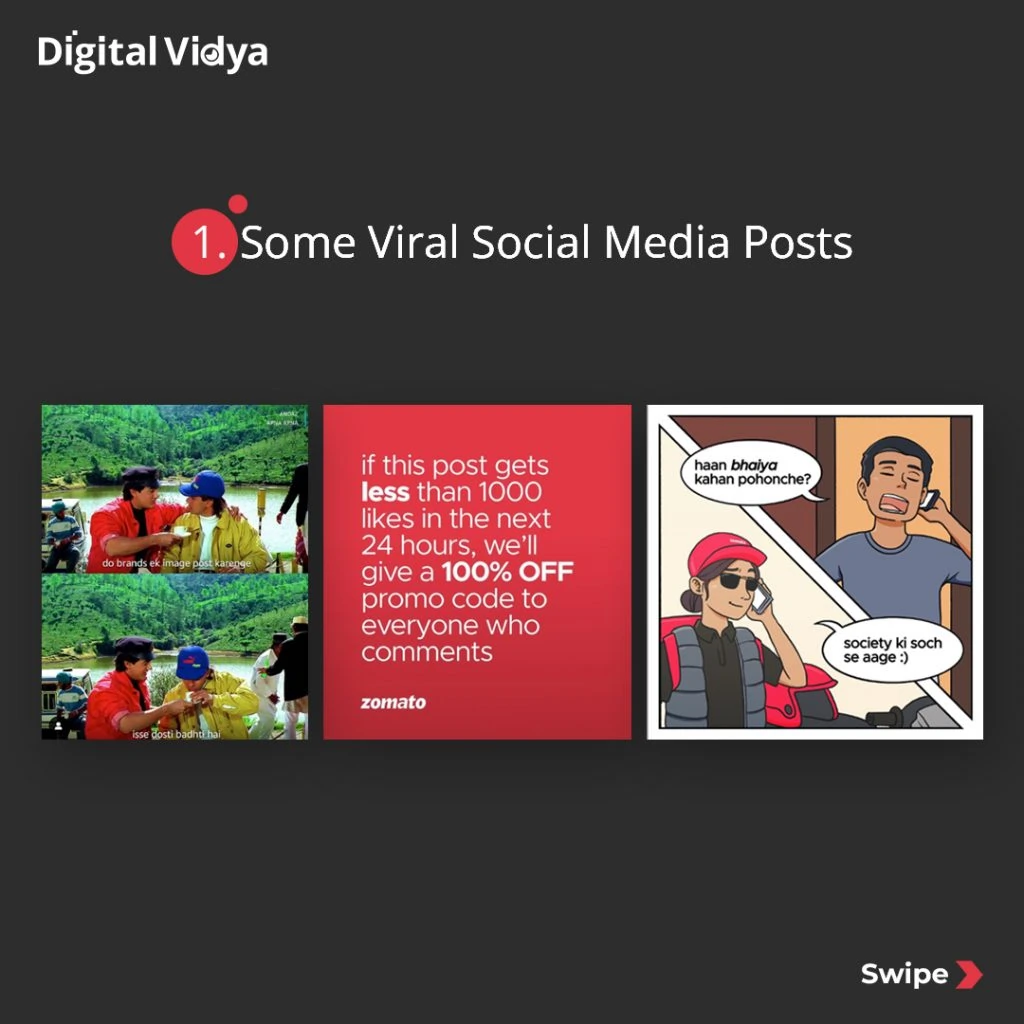
Zomato’s social media strategy focuses on promoting its brand and product on social media platforms. Zomato also uses social media to provide customer support and interact with users.
Zomato has a strong presence on social media platforms such as Facebook, Twitter, and Instagram. Some strategies they use on social media are-
- Posting on trendy topics- Zomato posts on social media about trending topics in the food industry. This helps them to stay relevant and attract new users to their platform. For example, running the Zomato premier league during IPL 2022. The image above shows their post during the 2016 Olympics
- Using influencers- Zomato partners with social media influencers to promote their brand on social media. Zomato has partnered with influencers such as Amit Bhawani, who has over 1 million followers on social media. Zomato has also partnered with celebrities such as Ranveer Singh and Deepika Padukone to promote their brand.
- Fun, Sarcasm, and Comparisons- Zomato’s social media posts are often funny, sarcastic, or make comparisons with other brands. This helps them stand out from other food delivery brands and attract new users.
3. Paid advertising
Zomato’s paid ad strategy focuses on promoting its brand on Google and Facebook. Zomato also uses other platforms such as Instagram and LinkedIn for paid ads.
Zomato’s Google Ads strategy focuses on keywords related to restaurants and food delivery. Zomato also uses Google Display Network to reach new users.
Zomato’s Google Ads campaign has a reach of over 1 billion people.
Zomato’s Facebook Ads strategy focuses on promoting ZomatoGold, Zomato’s premium subscription service. Zomato also uses Facebook to retarget users who have visited their website but did not make a purchase.
Zomato’s Facebook Ads campaign has a reach of over 10 million people.
4. Zomato’s email marketing strategy
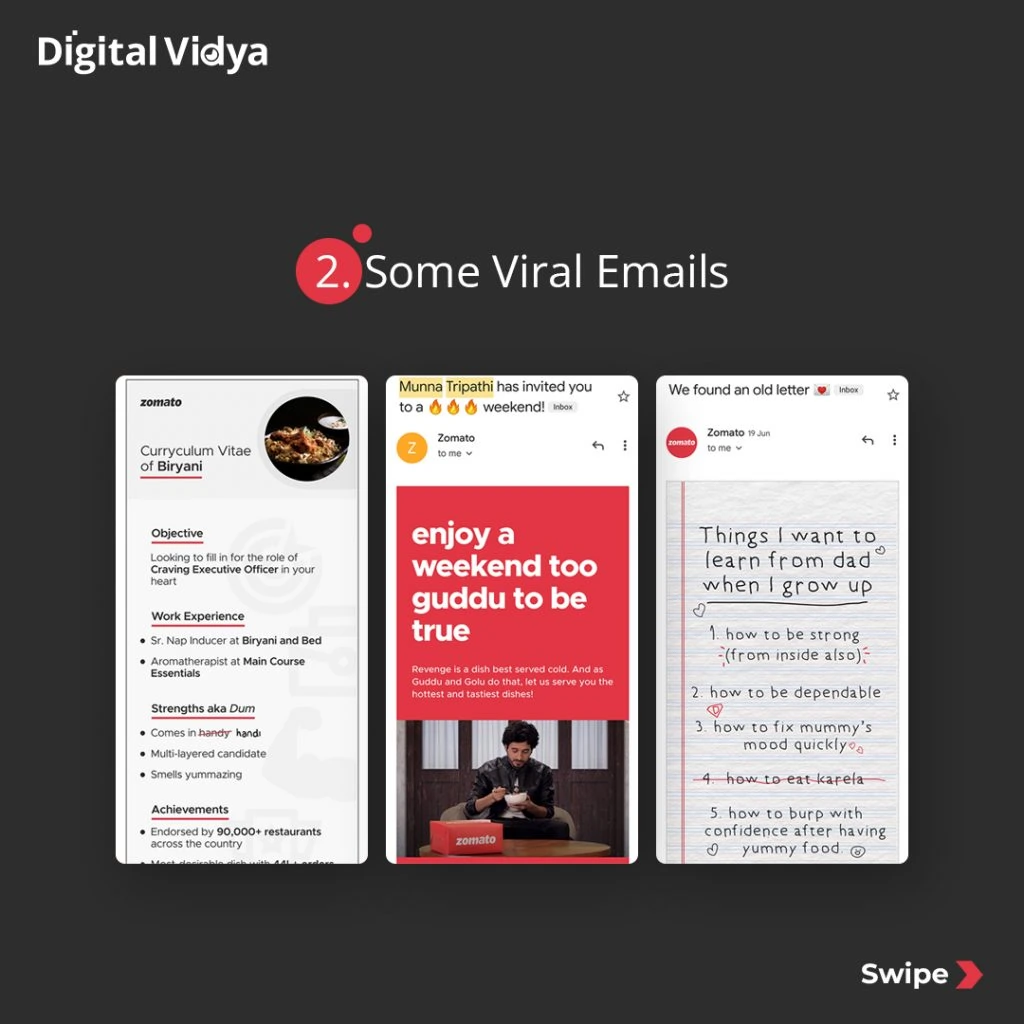
Zomato’s email marketing strategy focuses on sending personalized emails to users. Zomato also uses email to promote new features and services.
Zomato sends out weekly newsletters to keep users updated on new restaurants and deals. Zomato also uses email to send out birthday coupons and other special offers.
5. Zomato’s referral program
Zomato’s referral program allows users to earn Zomato credits by referring their friends to Zomato.
Zomato also runs Referral contests where users can win prizes such as ZomatoGold membership. Zomato’s referral program is a great way to promote its brand and attract new users.
6. Zomato’s content marketing strategy
Zomato’s content marketing strategy focuses on creating helpful and informative content for users. Zomato has a blog where they write about food, restaurants, and cooking tips.
Zomato also has a YouTube channel where they post videos about food and restaurants. Zomato’s content is helpful and informative, which helps them attract new users to its platform.
Focusing on digital marketing channels for potential customers
Acquire the competitors: To be the largest resource in the food supply market, Zomato bought urban spoon for $52 million to enter the US, Canada, and Australia
Simpler review and rating system
Integrating other tools in their marketing strategy has given them a wonderful hike in their business.
Sales promotion: Coupons and price-offs
Direct Marketing: Phone call and direct mail
Implementation by Zomato
Zomato aims to be a place where the foodies hang out. The company has spread in 20 countries with its headquarters in New Delhi, India providing service to over 35 million valued customers per month.
The list of registered restaurants on the website has increased to 384,100 by March 2015.
Facebook, Twitter, and Pinterest are the 3 main platforms that made the base for the success of Zomato with a deep presence among their customers.
Other than that, Zomato has extensively invested a lot in SMO, and SEO and has worked a lot to improve its UI and make it more user interactive. Side by side with a goal to branch globally, they also invest much in TV ads to bombinate Zomato.
Pankaj Chaddah, the co-founder of Zomato agreed, “ads on the mobile app have changed the revenue game for them”. More than 50% of their total traffic comes from their mobile apps.
“Using location-based services to target ads around a consumer’s physical location helps make this decision easier,” said Chaddah.
Sanjeev Bikchandani, co-founder of Info Edge and Zomato’s largest shareholder said, “the firm will focus on segments such as online food ordering, restaurant booking, subscription-based services and billing inside of restaurants”.
Zomato uses different platforms to engage its customers with them.

There is a huge engagement of customers on Facebook. Zomato has a more than 1.9 million strong Facebook communities.
Twitter is a place where Zomato is sparkling. It has more than 1.4 million followers there. Used as a conversation platform with the customers, Zomato is doing a great job in engaging their customers on their page.
They, answer all the queries raised over the platform by the customers.
Blog
Sharing and updating with all the latest updates is a key point for any organization. Zomato uses its blog as its mouthpiece to share all the latest updates.
The platform shares the food experience with great content to attract customers. The company needs to do a lot of jobs to make its followers on this platform which will certainly work in their promotion.
Results Achieved by Zomato

In August 2010, Zomato got its first round of funding of $1 million from Info Edge, India. And in September 2011, got its second round of funding of $3.5 million from the same financier.
Next year Zomato upraised its third round of another $2.5 million from the same investor and again in early 2013, Info Edge funded a fourth round worth $10 million which gives them a 57.9% stake in Zomato.
Seeing the future and growth of Zomato, Sequoia Capital, and Info Edge, India in November 2013 funded Zomato with $37million. Info Edge now owned 50.1% of Zomato on an investment of INR 143 crores.
The total funding raised by Zomato till November 2013 stands at $53.5 million.
In November 2014, Zomato came up with a fresh round of funding of $60 million at a post-money valuation of ~US$660 million.
This round of funding was jointly headed by Info Edge India Limited and VY Capital, with involvement from Sequoia Capital. This made total funding of over US$113 million for Zomato.
Recently in a fresh round of funding in April 2015, Info Edge, India has invested an amount of Rs 155 crore in Zomato.
Info Edge said in a statement “Being Info Edge’s fair share of Zomato’s recent fundraises of USD 50 million”. Upon completion of the allotment of shares, Info Edge’s aggregate investment in Zomato will be about Rs 484 crore.
When the website was launched, it became popular soon and expanded rapidly, covering many important regions of India including Kolkata, Mumbai, Bengaluru, and Pune by the year 2010.
Apart from being a service provider within India, Zomato.com now has branched overseas in the regions of the Philippines, New Zealand, Qatar, South Africa, Sri Lanka, the United Arab Emirates, and the UK as well.
The website covers a list of over 1,20,000 restaurants across all these regions catering to more than 15 million customers worldwide. With its headquarter in New Delhi, Zomato.com is providing career opportunity to over 350 employees all across the globe.
Learnings
- Great use of social networking sites to reach out to customers.
- Implementation of a good digital marketing strategy can help a company in faster growth.
Consumers often make quick decisions based on the result of Smartphone searches.
Zomato sends out messages with the right kind of image.
Conclusion!
Zomato not only preaches to be different, but they have also proved it with their work. They deliver the same message but in a new avatar. This makes their social media updates unique, even though the concept is nothing new.
For a marketing strategy to be successful one should know how to engage customers. Zomato’s social media posts are always simple sans industry jargon. It helps them cater to all kinds of audiences. This is the main reason that their posts are truly engaging.
One should be clear about who they are catering to. We hope this Zomato Case Study pdf would have helped you understand their digital marketing strategies. To learn more about internet marketing, enroll in a digital marketing course now.
FAQs:
Let us have a look at some of the Zomato Case Study answers on FAQs-
Question: Why Zomato is so successful?
Answer: There are many reasons for Zomato’s success. Zomato has a strong online presence and uses various marketing strategies to attract new users. Zomato also has a great product and offers features that are not available on other food delivery platforms.
Question: How does Zomato make money?
Answer: Zomato makes money through Zomato Gold, Zomato’s premium subscription service. Zomato also charges restaurants a commission for each order. Zomato also makes money through advertising and partnerships with restaurants.
Question: What are the challenges faced by Zomato?
Answer: Zomato faces many challenges, such as intense competition from other food delivery platforms, high delivery costs, and strict regulations.
Zomato is also facing competition from new players in the market, such as Swiggy. Zomato is continuously innovating and expanding its business to stay ahead of the competition.
Question: What is Zomato’s competitive advantage?
Answer: Zomato’s competitive advantage is its strong online presence and wide selection of restaurants. Zomato also has a great product and offers features that are not available on other food delivery platforms.
Zomato’s competitive advantage allows them to attract new users and grow its business.
5. Is selling on Zomato profitable?
Yes, selling on Zomato can be profitable for restaurants. Zomato charges restaurants a commission for each order. Zomato also has a wide selection of restaurants, which helps to attract new users.
Zomato’s commission structure is flexible, which allows restaurants to maximize their profits.
6. How can I grow my Zomato business?
There are many ways to grow your Zomato business. Zomato offers a wide range of marketing and advertising tools to help you attract new users.
Zomato also has a Referral program where you can earn Zomato credits by referring your friends. Zomato also offers a wide range of features and services to help you grow your business.
Credits: Zomato.com, Wikipedia, techsu.com, Forbesindia.com
